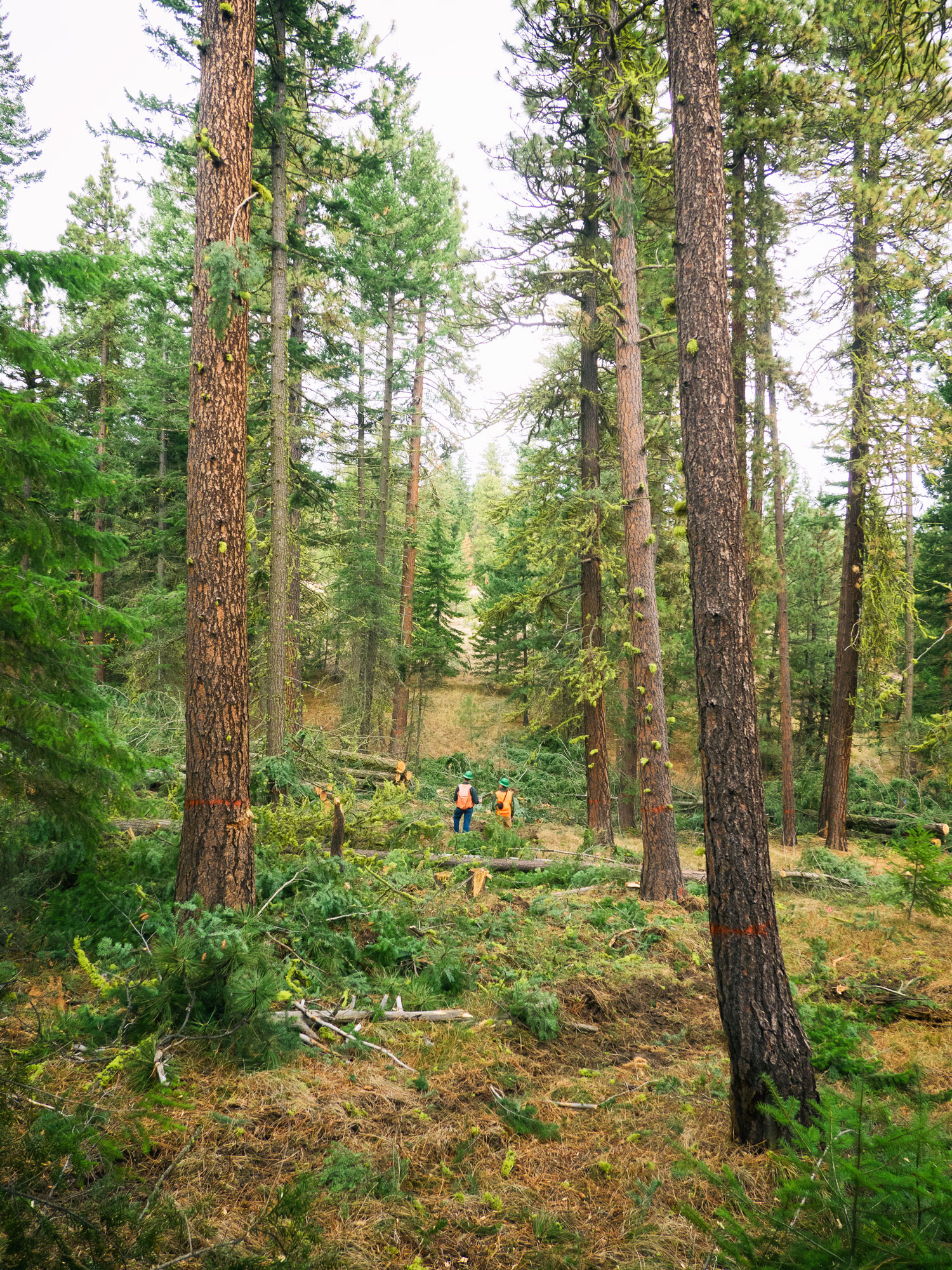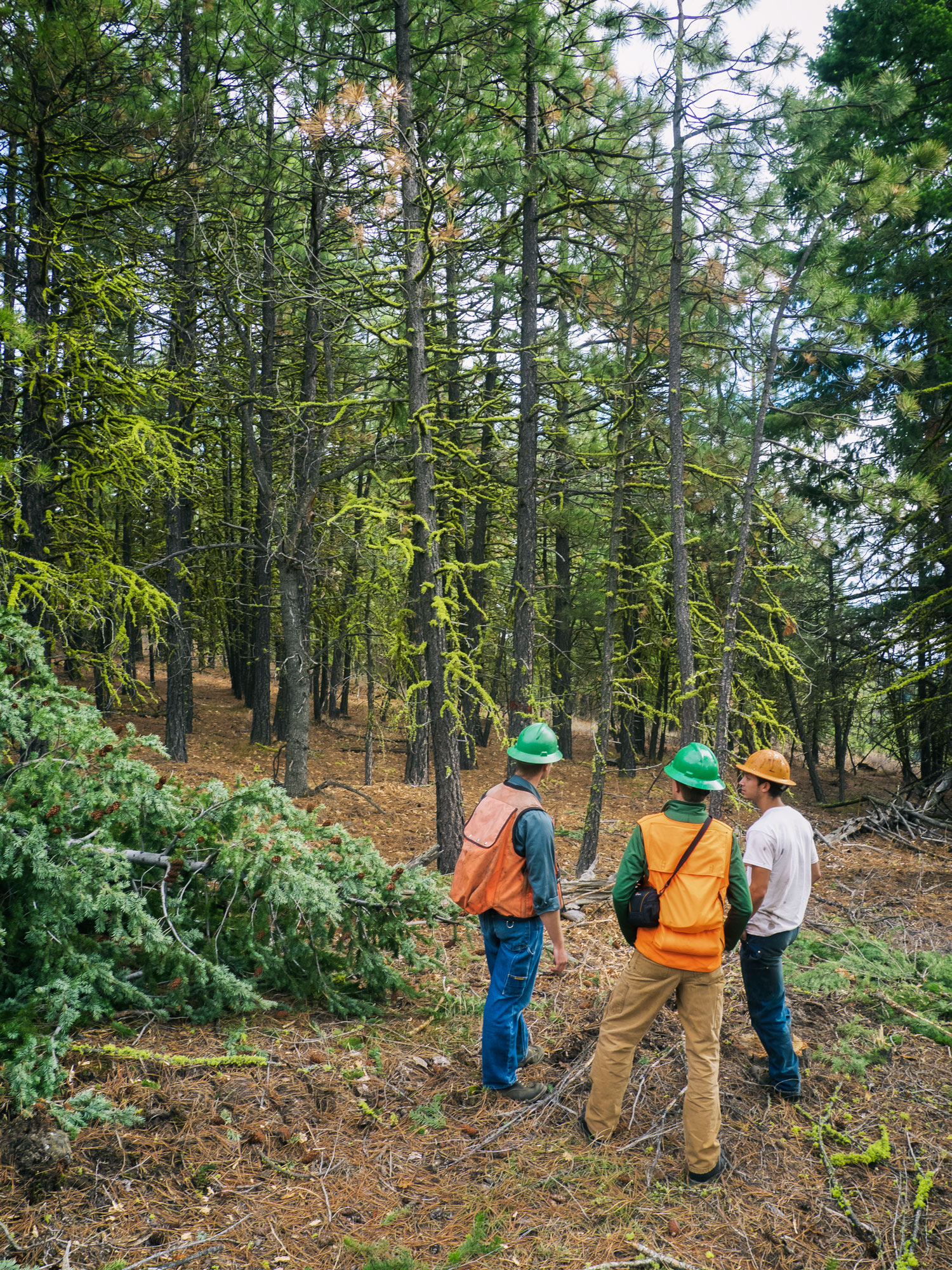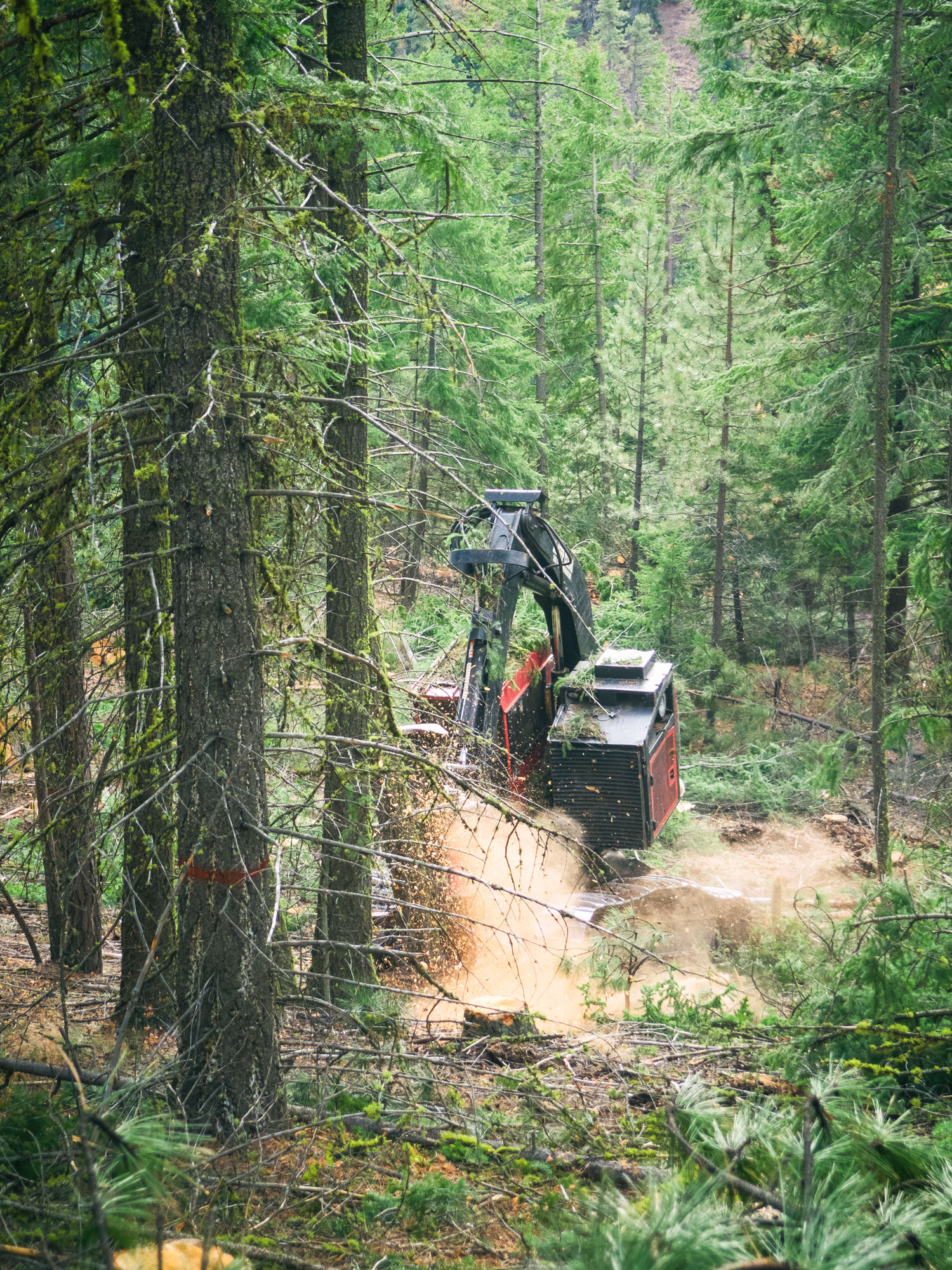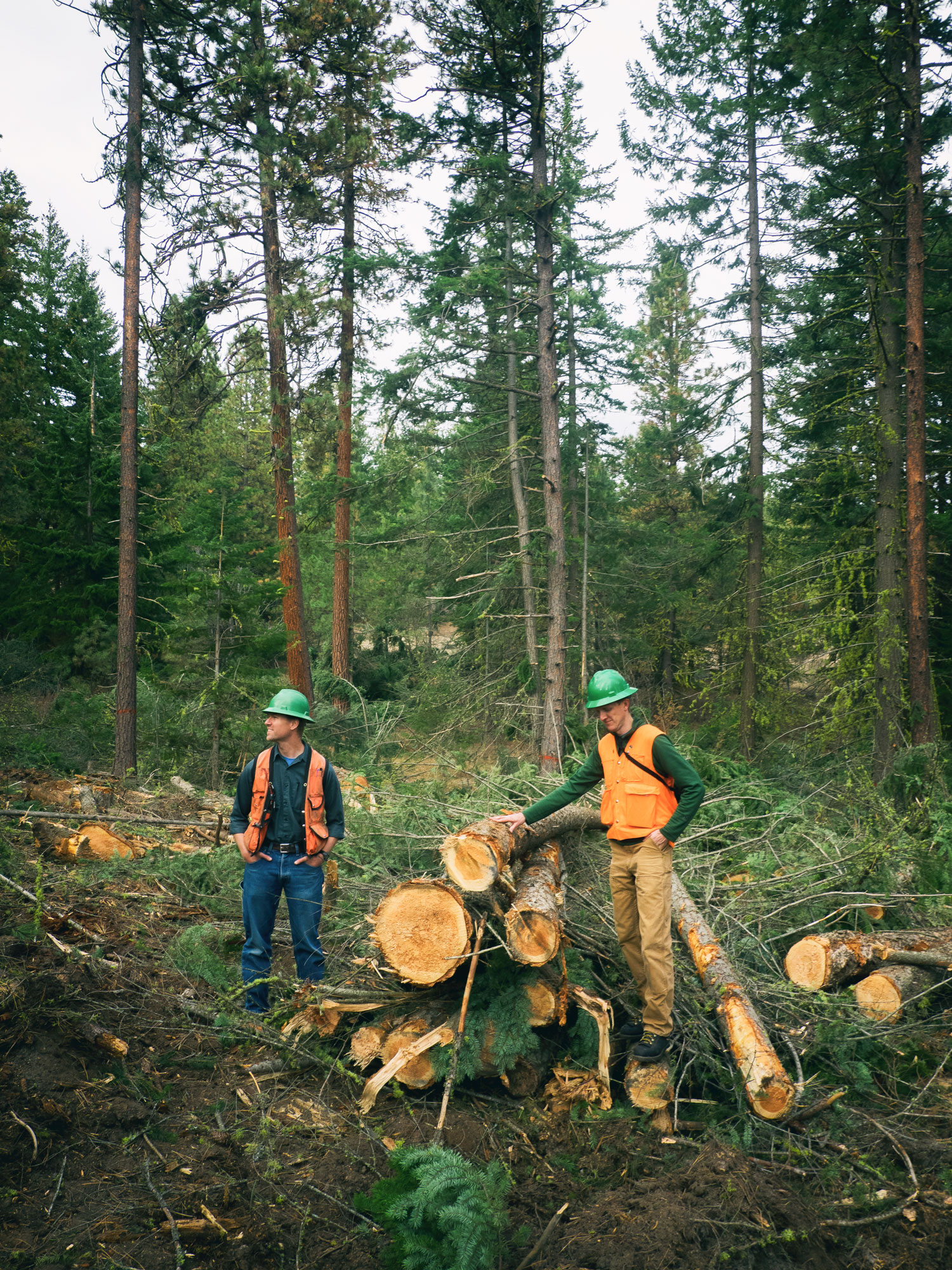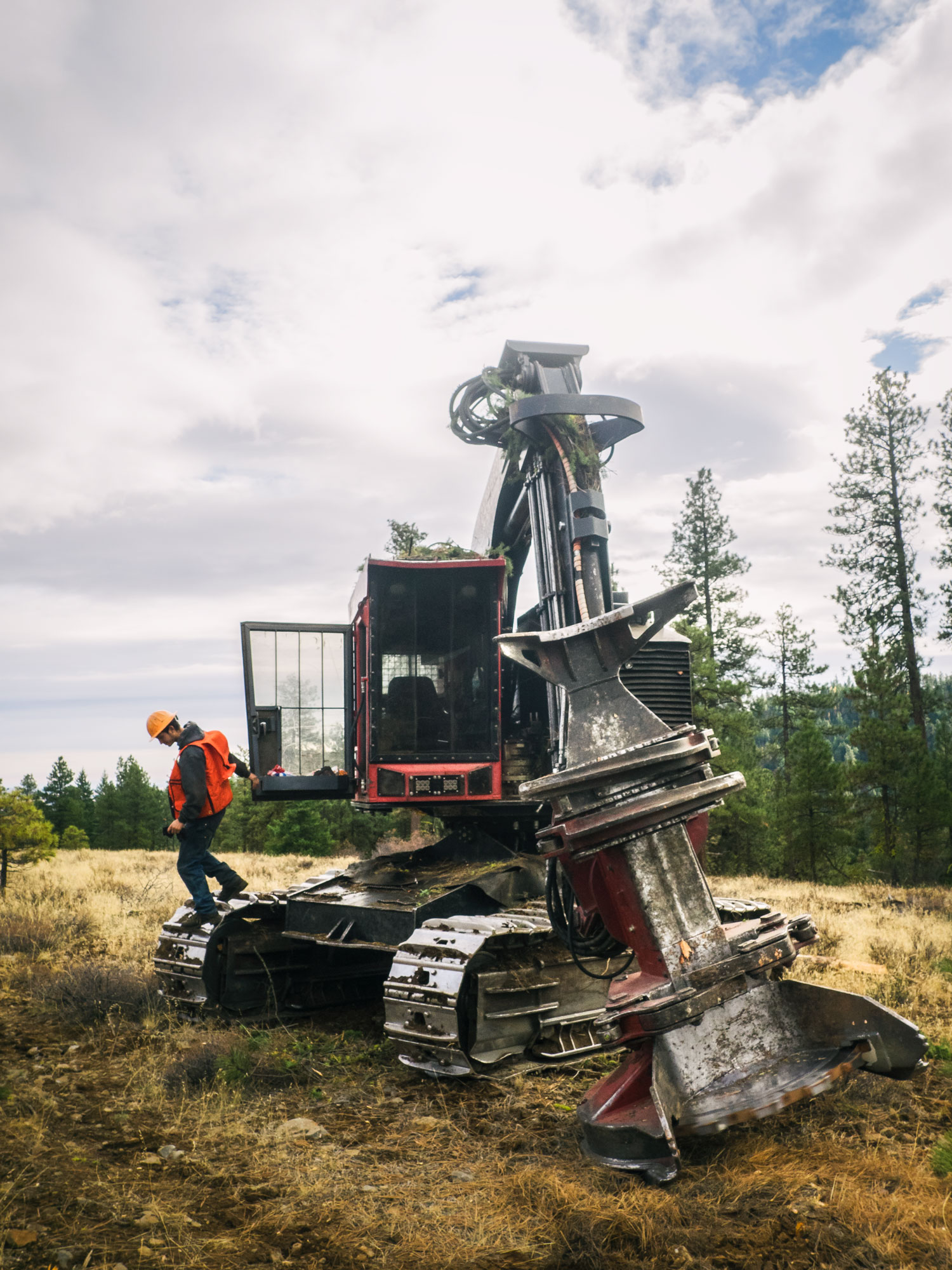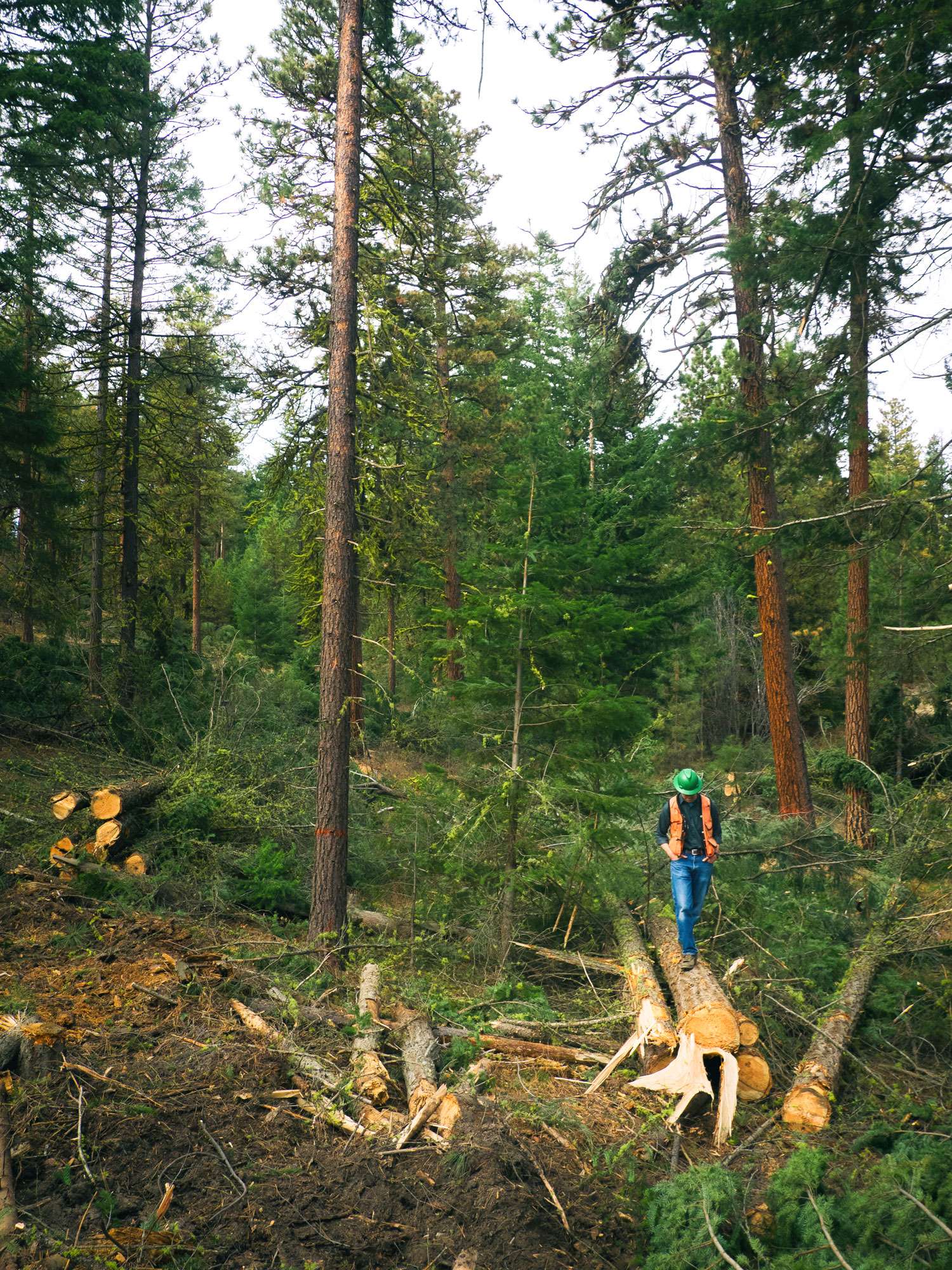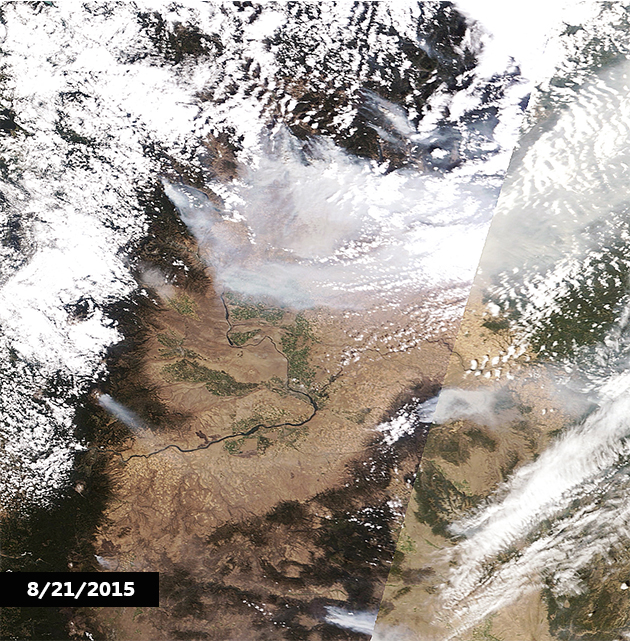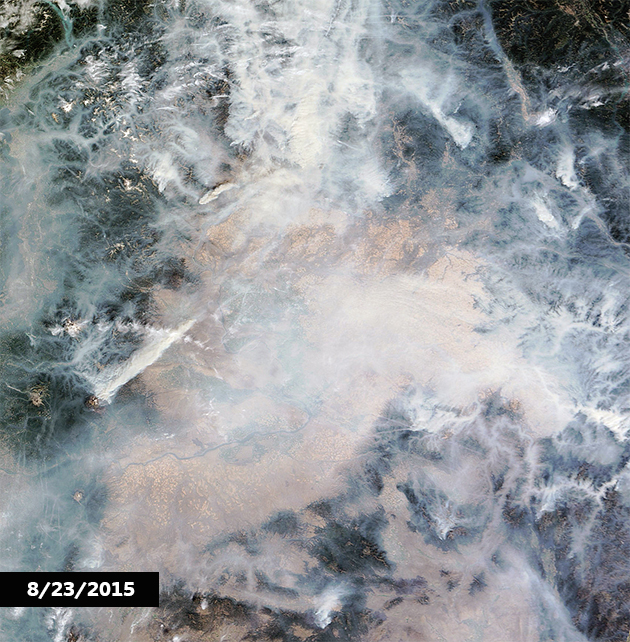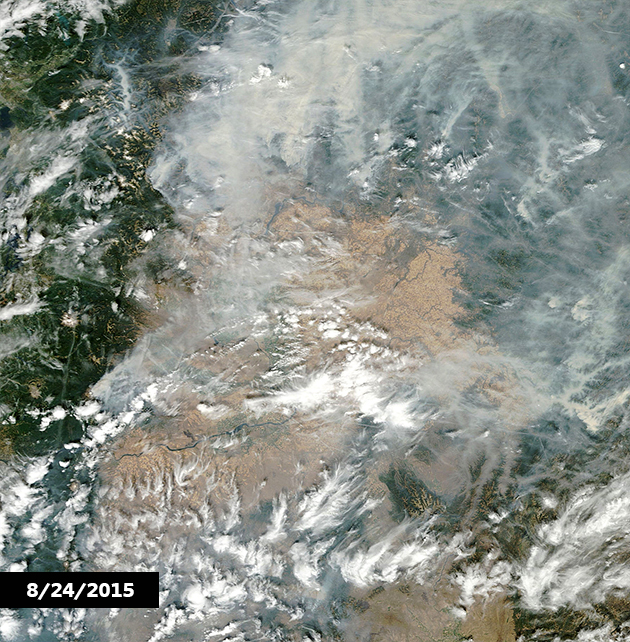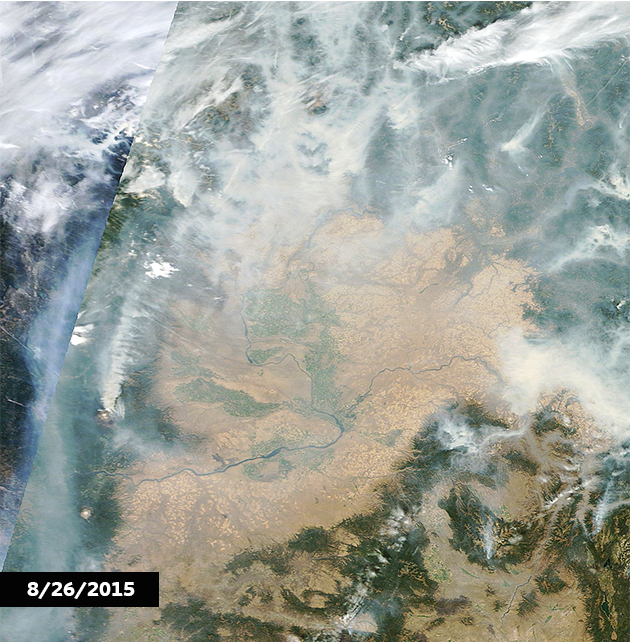Written by Patricia Sarmiento, Volunteer writer
Photograph by John Marshall
Emotions run high when disaster strikes. That’s why it’s important to educate yourself on disaster preparedness and make plans for what you’ll do during a wildfire before one ever comes your way.
There’s a few do’s and don’ts of reacting to an emergency wildfire situation. Many of us already know the do’s, so here’s a reminder of what you shouldn’t do during a wildfire.
Don’t Assume Everyone’s Clued In
Call 911 immediately–don’t assume someone else already has. Don’t assume your neighbors and local loved ones know about the wildfire breakout, especially if they’re at work or school in another area. Notify everyone of the potential danger.
Go ahead and get in touch with everyone in your family so you can talk about setting your wildfire action plan into motion.
Don’t Leave Your Home without Taking a Few Precautions
Unless you need to leave your home as soon as possible, go ahead and beef up your home’s ability to withstand a nearby fire by taking a few precautions such as:
Removing debris, yard waste, and firewood from your yard
Distancing your grill from your home
Shutting off all gas and propane suppliers
Closing windows, vents, and doors
But remember–lives are always more precious than things. If you feel unsafe while preparing your home for a nearby wildfire, leave immediately.
Don’t Wait to Take Action
Before you take precautions for protecting your home, know what your criteria are for deciding to evacuate. At what point will you know that it’s time to pack up and go?
Having this criteria in mind before you put your home-preparedness plans in motion will help keep you focused during times of panic. Know when you need to drop what you’re doing and get out and don’t be afraid to leave earlier than planned if you feel unsafe.
Don’t Return to Your Home without Permission
If you do evacuate, be prepared to leave for good, or at least for an extended period of time. Don’t return to your home without checking in with the proper authorities first. Don’t assume your neighborhood is safe again when there’s a possibility it might not be.
This is why it’s a good idea to keep a battery-powered radio in your emergency wildfire kit. You’ll be able to tune into the news and stay updated on the status of the wildfire.
Hopefully you’ll never need to use these disaster plans–but if a wildfire ever strikes, you’ll be glad you made them. Remember that when it comes to wildfires and other natural disasters, a detailed plan can be the most powerful tool in your toolkit.
















































